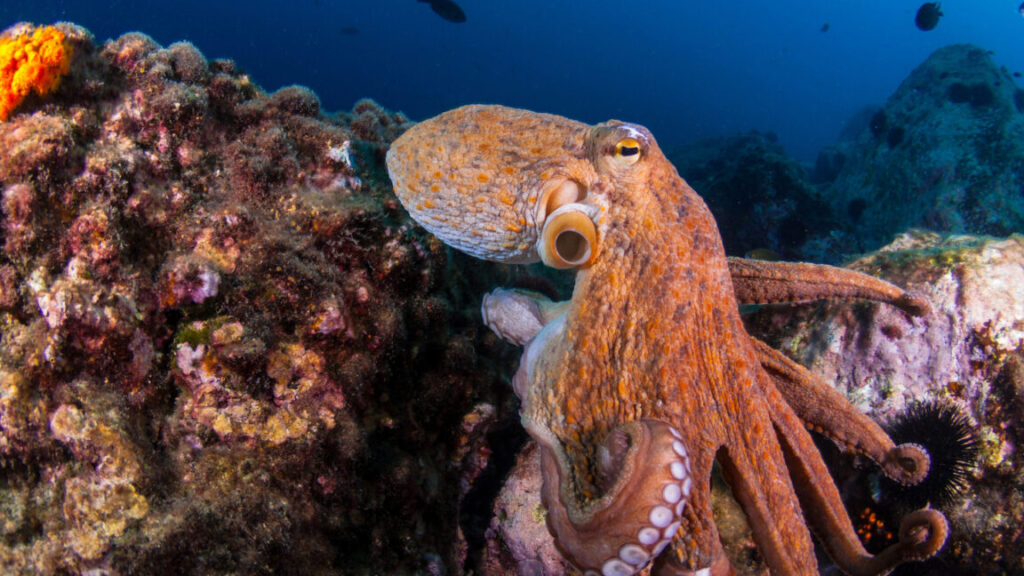
What’s needed, Birch argues, when faced with such staggering uncertainty about the sentience stature of other beings, is a precautionary framework that outlines best practices for decision-making regarding their care. And in The Edge of Sentience, he provides exactly that, in meticulous, orderly detail.
Over more than 300 pages, he outlines three fundamental framework principles and 26 specific case proposals about how to handle complex situations related to the care and treatment of sentience-edgers. For example, Proposal 2 cautions that “a patient with a prolonged disorder of consciousness should not be assumed incapable of experience” and suggests that medical decisions made on their behalf cautiously presume they are capable of feeling pain. Proposal 16 warns about conflating brain size, intelligence, and sentience, and recommends decoupling the three so that we do not incorrectly assume that small-brained animals are incapable of conscious experience.
Surgeries and stem cells
Be forewarned, some topics in The Edge of Sentience are difficult. For example, Chapter 10 covers embryos and fetuses. In the 1980s, Birch shares, it was common practice to not use anesthesia on newborn babies or fetuses when performing surgery. Why? Because whether or not newborns and fetuses experience pain was up for debate. Rather than put newborns and fetuses through the risks associated with anesthesia, it was accepted practice to give them a paralytic (which prevents all movement) and carry on with invasive procedures, up to and including heart surgery.
After parents raised alarms over the devastating outcomes of this practice, such as infant mortality, it was eventually changed. Birch’s takeaway message is clear: When in doubt about the sentience stature of a living being, we should probably assume it is capable of experiencing pain and take all necessary precautions to prevent it from suffering. To presume the opposite can be unethical.
This guidance is repeated throughout the book. Neural organoids, discussed in Chapter 11, are mini-models of brains developed from stem cells. The potential for scientists to use neural organoids to unravel the mechanisms of debilitating neurological conditions—and to avoid invasive animal research while doing so—is immense. It is also ethical, Birch posits, since studying organoids lessens the suffering of research animals. However, we don’t yet know whether or not neural tissue grown in a dish has the potential to develop sentience, so he argues that we need to develop a precautionary approach that balances the benefits of reduced animal research against the risk that neural organoids are capable of being sentient.